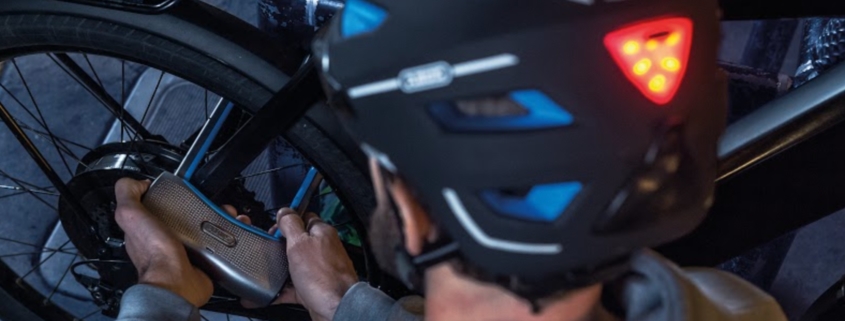Five minutes with: Abus – BikeBiz
This month, BikeBiz sits down with Marius Schiller, Abus area sales and marketing manager
Can you give us a little background on Abus?
I know many people have already heard of us, especially seen as we’ve been around for almost a hundred years now. Abus started as a family-run business in Germany in 1924, primarily making locks which is still a massive focus for us today.
These days we’ve branched out much wider into home and business security solutions, as well as creating a full range of bicycle helmets for every level of rider, whether they’re racing in the Tour de France or just starting out on their very first bike.
What area of the market does Abus target?
As we’re such a big company, our reach is very broad, but for the mobile security segment, we’re focused on the whole cycling community – the need for mobile security, whether that be a lock, chain, or even a helmet, stretches across all price points and market segments.
Although our reach is broad, we focus on fully understanding the requirements of each sub-segment within cycling. For example, the requirements of a daily commuter who needs a lightweight and easily transportable lock is very different to someone who rides an e-MTB and is looking for the strongest possible home-security setup.
What makes Abus unique – what does it offer that its competitors perhaps do not?
Abus has extensive research and development facilities located in Germany which allows us to be extremely reactive to changing market needs. We also have very versatile manufacturing and testing facilities here too which means we can bring those new ideas to market quicker than a lot of our competitors and ensure that our products not only meet but exceed many of the existing standards.
In a rather bizarre twist of fate, COVID-19 has provided a significant boost to the cycling industry. What impact has it had on Abus?
Like many people, we’ve seen a significant increase in sales across all categories in line with the increased consumer interest in cycling. However, we’ve seen helmet sales grow more than the lock market which suggests that though many consumers understand the necessity for a helmet, many still aren’t…




